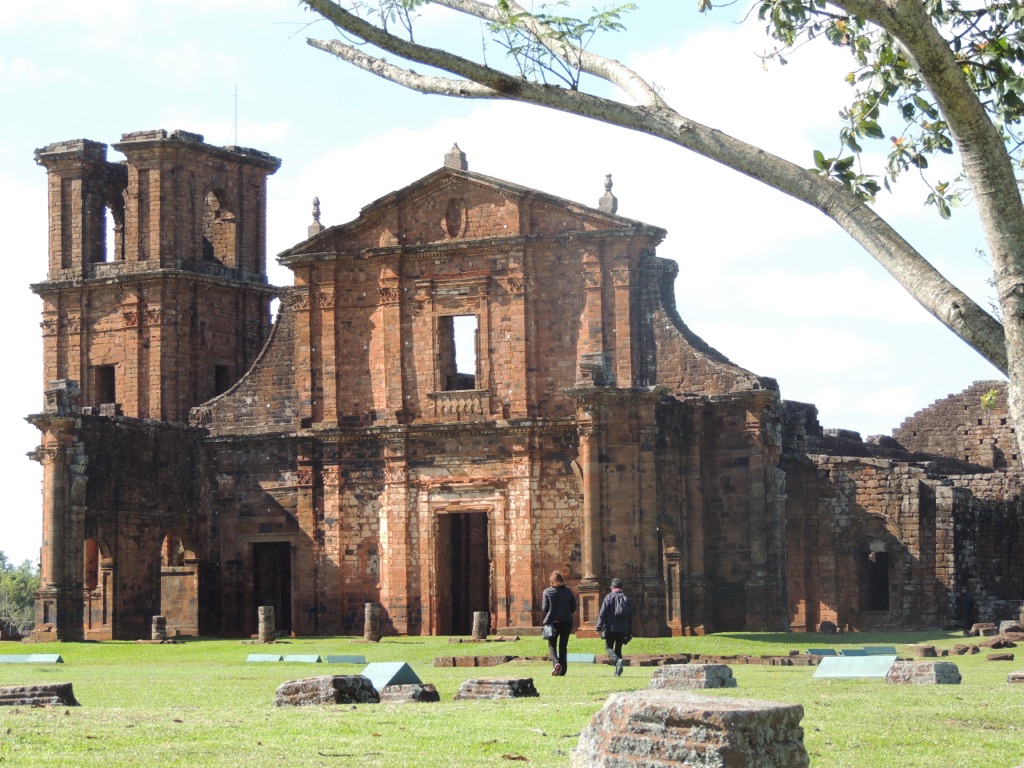The Ruinas de San Miguel Arcángel are the remnants of a Jesuit mission complex in South America. Founded in the 17th century, it was part of a larger system of missions known as the Jesuit Reductions. These missions were established to convert local indigenous communities to Christianity and to protect them from enslavement. The ruins are located in the modern-day Brazilian state of Rio Grande do Sul, near the border with Argentina. They represent a unique blend of European and Guarani cultural elements, both in architecture and in the artifacts found at the site. The mission was abandoned in the 18th century after the Jesuits were expelled from Spanish territories. Today, the ruins are a UNESCO World Heritage Site, recognized for their historical and cultural significance.
Get your dose of History via Email
Historical Background of Ruinas de San Miguel Arcángel
The Ruinas de San Miguel Arcángel were discovered in the 20th century, revealing a significant part of colonial history. The Jesuits, a Catholic religious order, built the mission in the 1600s. They aimed to evangelize the Guarani people. The site was part of a larger network of missions across Paraguay, Brazil, and Argentina. After the Jesuits’ expulsion in 1767, the mission fell into disrepair and was eventually abandoned.
Construction of the mission was a collaborative effort between the Jesuits and the Guarani. The Guarani provided labor and local knowledge, while the Jesuits brought European architectural designs. This cooperation led to a unique architectural style. The mission became a thriving community, with a complex social structure and economy.
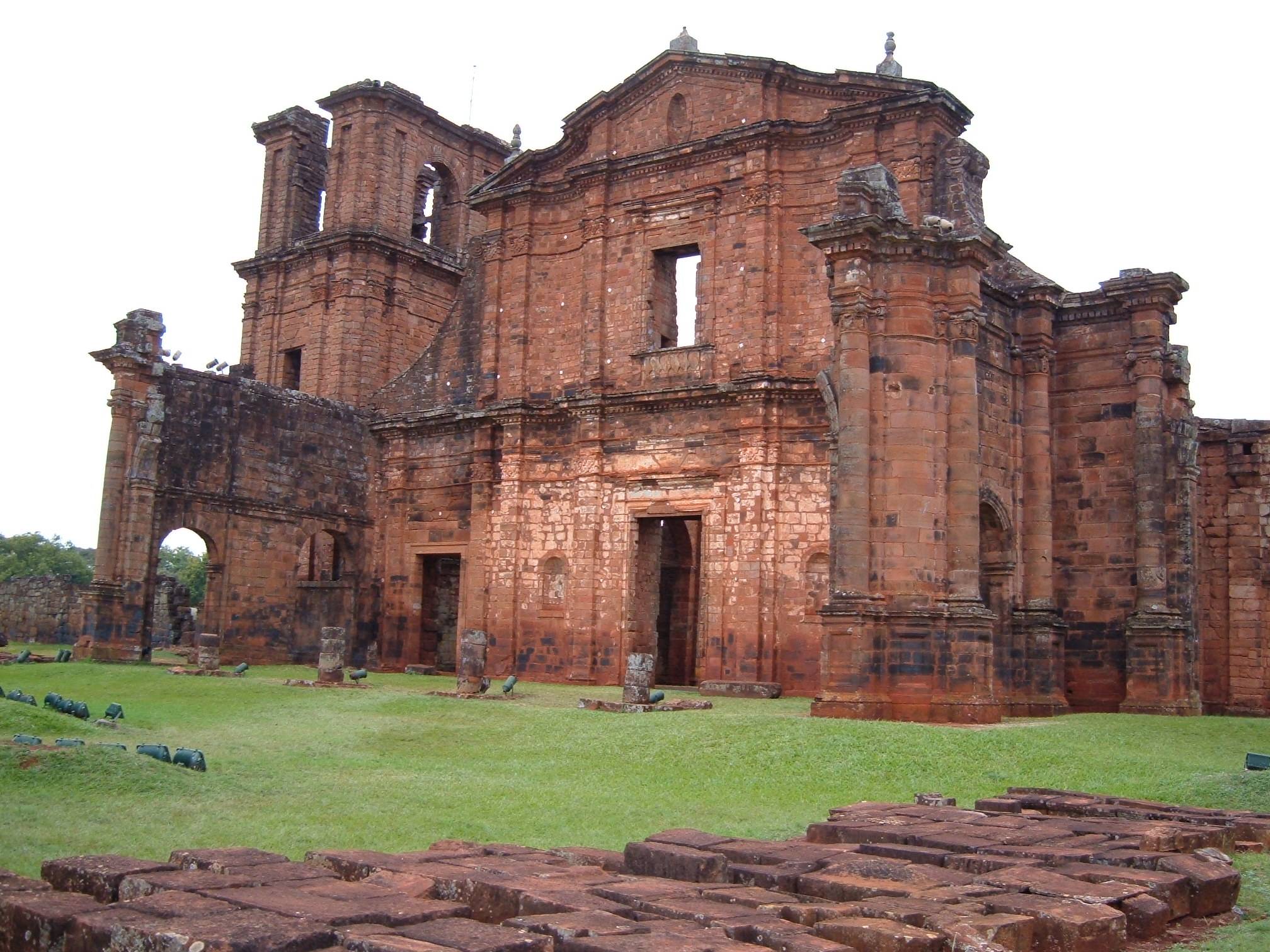
Over time, the mission served various roles. It was a religious center, an economic hub, and a cultural melting pot. The Guarani learned European agriculture, crafts, and music, which led to a distinctive cultural synthesis. The mission’s church was the heart of the community, hosting religious and social gatherings.
The mission’s decline began with the Jesuits’ expulsion. The Guarani were left vulnerable to slave raids and economic exploitation. The once bustling mission slowly turned into ruins. The site lay forgotten until its rediscovery and subsequent archaeological excavations in the 20th century.
The Ruinas de San Miguel Arcángel have since become a symbol of cultural resilience. They stand as a testament to the complex history of colonialism and indigenous resistance in South America. The site’s rediscovery has sparked interest in the Jesuit missions and their legacy in the region.
About Ruinas de San Miguel Arcángel
The Ruinas de San Miguel Arcángel are a testament to the Jesuit-Guarani collaboration. The mission’s layout reflects a typical Jesuit Reduction, with a central plaza surrounded by public buildings and housing. The church, with its impressive facade, is the most prominent structure at the site.
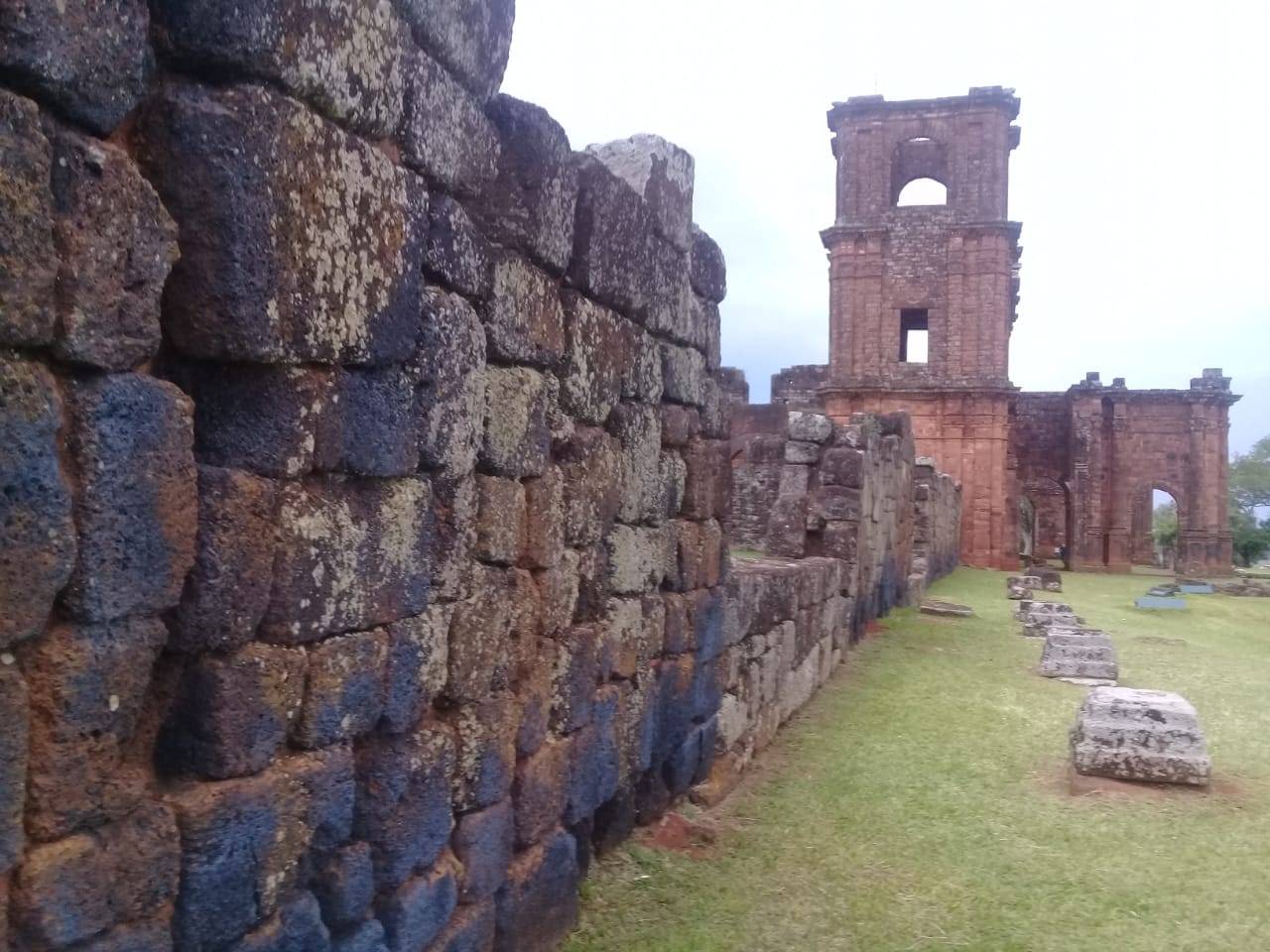
The church was constructed using local red sandstone. Its design features both Baroque and Guarani influences, creating a unique architectural style. The ruins still display intricate carvings and sculptures, hinting at the site’s former grandeur.
Other buildings included workshops, schools, and living quarters. The mission was self-sufficient, with the Guarani engaging in agriculture, crafts, and trade. The ruins provide insights into the daily life of the mission’s inhabitants.
Archaeological excavations have uncovered various artifacts. These include tools, musical instruments, and religious objects. They illustrate the blend of European and Guarani cultures that characterized the mission.
Today, the Ruinas de San Miguel Arcángel are a cultural heritage site. They attract tourists and researchers alike. Preservation efforts aim to maintain the ruins and educate the public about their historical significance.
Theories and Interpretations
The Ruinas de San Miguel Arcángel have sparked various theories about their use and significance. The mission’s dual role as a religious and economic center is well-documented. However, the extent of cultural exchange and adaptation is still a subject of study.
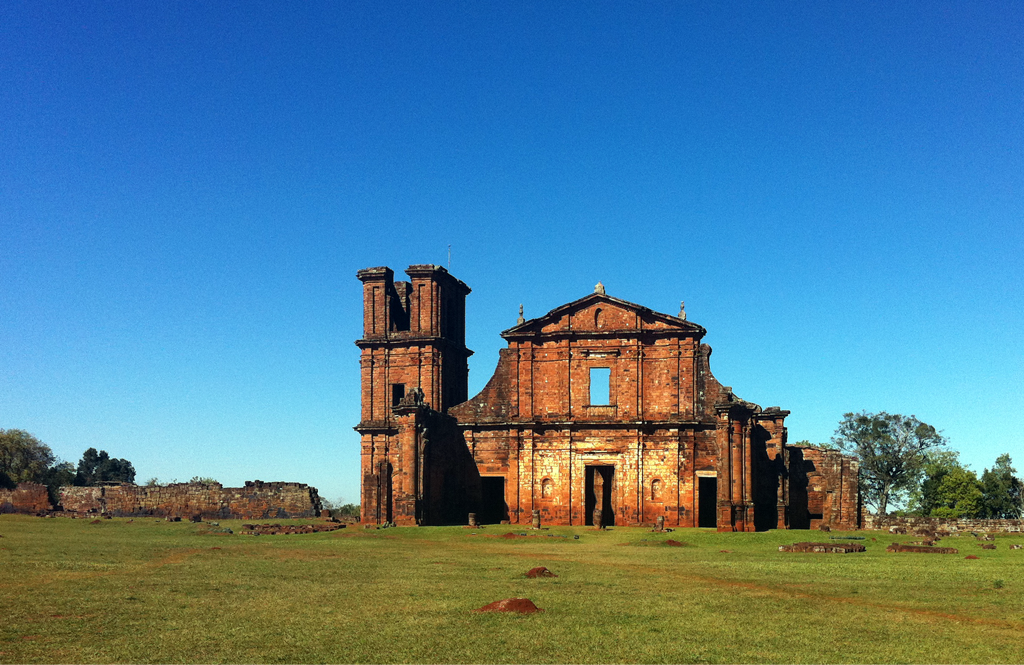
Some theories suggest that the mission was a site of cultural resistance. The Guarani may have adapted Christian practices to their own beliefs. This is evident in the unique style of the church and the artifacts found at the site.
Mysteries surround the mission’s sudden decline. While the Jesuits’ expulsion is a known factor, the impact on the Guarani and their subsequent fate is less clear. The ruins serve as a poignant reminder of this turbulent period.
Historical records have been matched with findings from the site to piece together its past. Dating of the ruins has been carried out using various methods. These include architectural analysis and radiocarbon dating of organic materials.
Theories continue to evolve as new discoveries are made. The Ruinas de San Miguel Arcángel remain a focal point for understanding the complex history of the Jesuit missions and their legacy in South America.
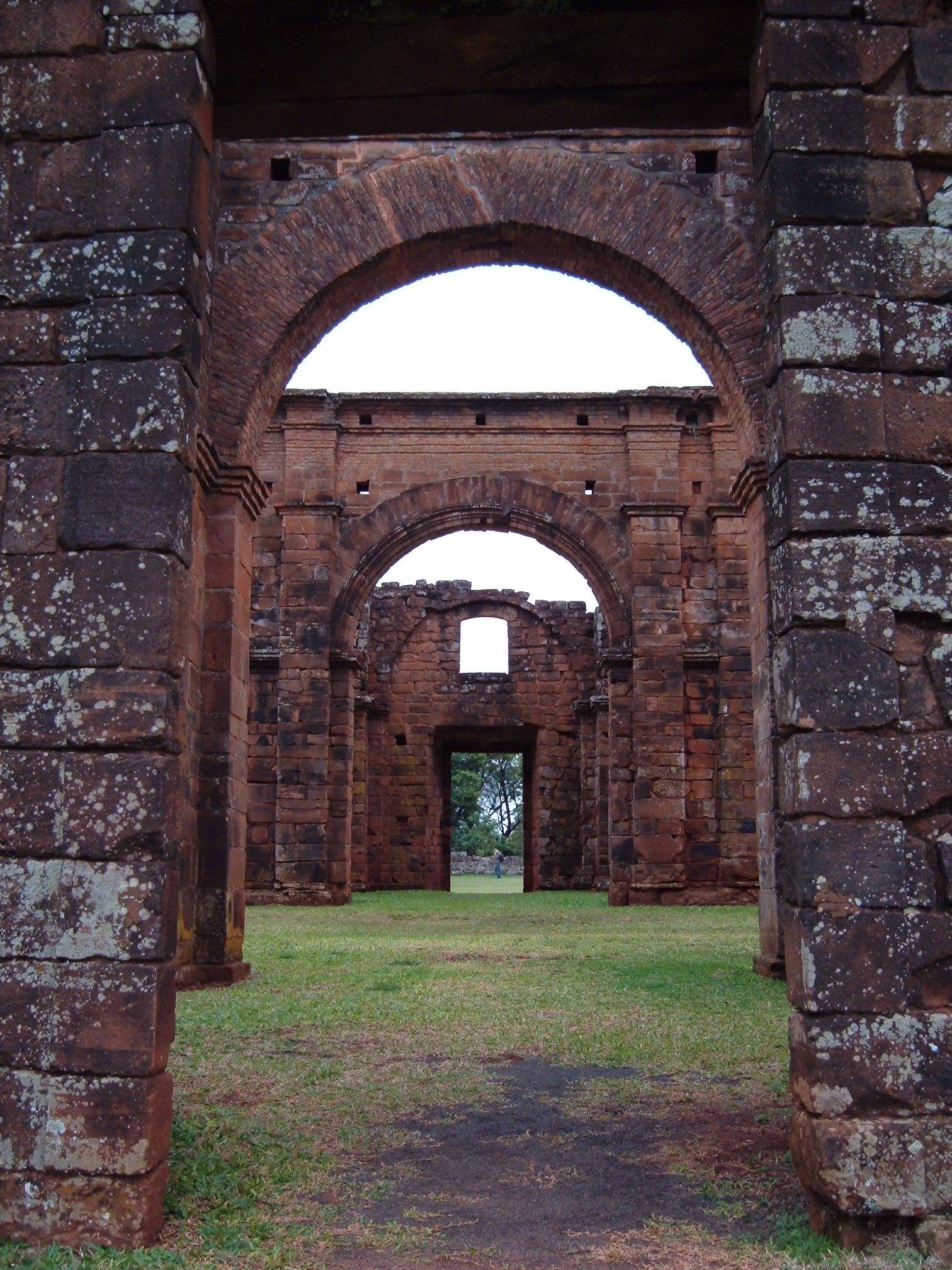
At a glance
Country: Brazil
Civilization: Jesuit-Guarani
Age: Founded in the 17th century (1600s AD)

